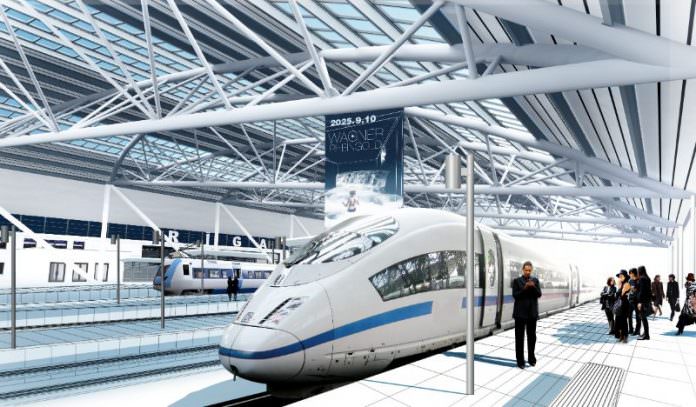A cost-benefit analysis conducted on Rail Baltica has reaffirmed the project’s economic feasibility.
Presented at the Rail Baltica Global Forum by audit firm Ernst & Young Baltic (EYB), the report estimated that the rail project will cost €5.8 billion but will bring about €16.2 billion in socio-economic benefits to Estonia, Latvia and Lithuania – the main beneficiaries of the new rail link.
In addition, EYB’s report said it would create a GDP multiplier effect worth an additional €2 billion.
Starting in Helsinki, Finland, and running through Tallinn, Pärnu, Riga, Panevežys, Kaunas, Vilnius and ending in Warsaw, Poland, the Trans-European project will connect the three Baltic states to the European rail network by building a standard gauge track for freight and passenger services.
A video visualising the Rail Baltica route through Latvia
The study estimates that Rail Baltica will create 13,000 full-time construction jobs and another 24,000 full-time jobs in related industries during the construction phase.
Between the Baltic States and Central Europe, it is estimated that freight would take up to two days less. EYB adds that by 2026 the line could carry up to two million tonnes of freight, this would increase to 13.7 tonnes by 2030 and 20 million tonnes by approximately 2055.
Infrastructure maintenance costs for the entire railway line – covering track, traction, bridge, tunnels, terminals and stations for example – would cost €58.9 million in 2030 across Estonia, Latvia and Lithuania.
The report was presented at the forum in Riga, Latvia, on April 24 in light of the amended route alignment.
Rail Baltica is a key EU infrastructure programme to link the Baltic countries, with the political union helping to fund it. Work began in 2015 and the Baltic route is estimated to be complete by 2025.



